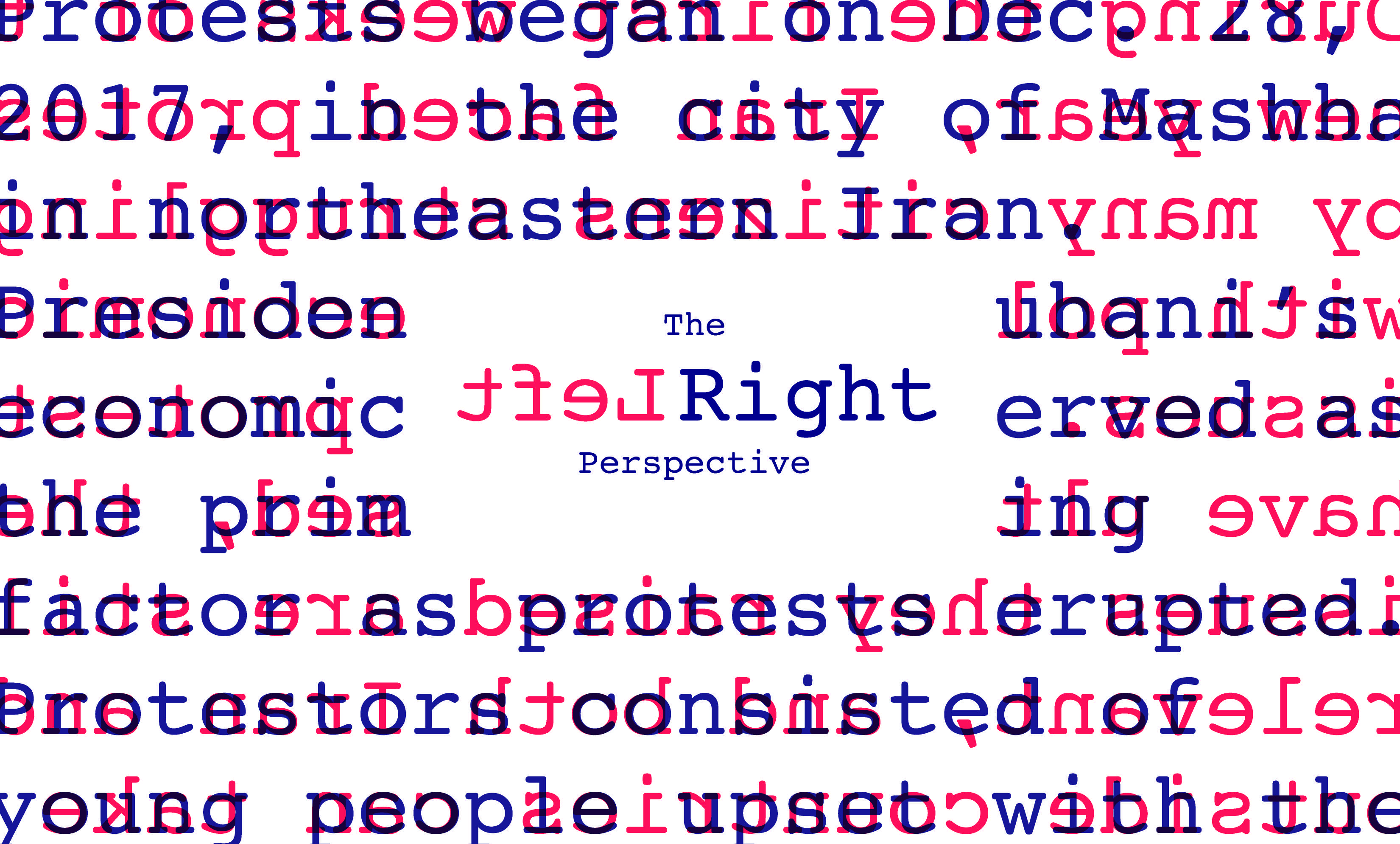By Luke Phillips, Opinion Editor
Protests began on Dec. 28, 2017, in the city of Mashhad in northeastern Iran. President Hassan Rouhani’s economic policies served as the primary motivating factor for erupting protests. Protestors consisted of young people, upset with the rising of levels of inflation, unemployment and corruption, along with increased frustration with government repression.
Social media usage in Iran has become less restricted, allowing young people to see a life in a world unattainable to them, due to current government repression. Instagram underwent a blockage to the Iranian people from Dec. 31 of last year until Jan. 6. Twitter has long been left unavailable to the Iranian public but has served as a useful tool for both Supreme Leader Ali Khamenei and President Rouhani. Social media has served as a point of connection between the U.S. and the protestors, as the State Department pressured government officials to unblock social media usage for the people, along with instructions for technologically gifted Iranians to pass through government internet blockages.
Throughout the course of the protests, prices on gas and food have risen, exacerbating the struggle of the public as the affluent and influential continue to receive government aid. The people’s grievances are not only economic but reach deeply into the political arena.
Iran’s most recent political infrastructure was established in 1979, and it sought to create stability in the nation. However, the general opinion of the people now is that the government is solely corrupt and perpetuates socio-economic and political inequality. The Business Anti-Corruption portal says that Iran is “a powerful system of political patronage, nepotism and cronyism…. While there are multiple laws in place that criminalize various forms of corruption in both the public and private sectors, they are not effectively enforced in practice and impunity is pervasive.” This makes Iran an incredibly unattractive investment, driving away foreign commerce and cooperation, thus furthering joblessness and isolationist ideology.
Women in Iran have taken this opportunity to aggressively fight for equal rights. Women have become an increasingly educated population representing a significant portion of the Iranian workforce. President Trump has given his full support to the protestors, saying they were “finally acting against the brutal and corrupt Iranian regime.” Nikki Haley, the current U.S. ambassador to the U.N., also came out to support the protestors in Iran. Ambassador Haley said she “want[s] to help amplify the voices of the Iranian people.”
The nation of Iran has not seen protests this violent or widespread since the anti-government protests of 2009 in which the Obama Administration was very concerned about stepping on toes and maintaining the U.S.’s semi-tranquil but still turbulent relationship with Iran. President Trump has seen this as a time to encourage global support in toppling a corrupt government that acts as a major threat to the wellbeing of the American public.
The protestors have come out in full support of Trump as he awaits the end of his ultimatum on the Iran Nuclear Deal. One protestor said, “They should impose major sanctions on the regime,” while another said, “[They] should be sanctions for human rights violations.” The Trump Administration, along with many other foreign and domestic representatives of the U.S., continues to act in full support of the people of Iran in their fight against corruption.


